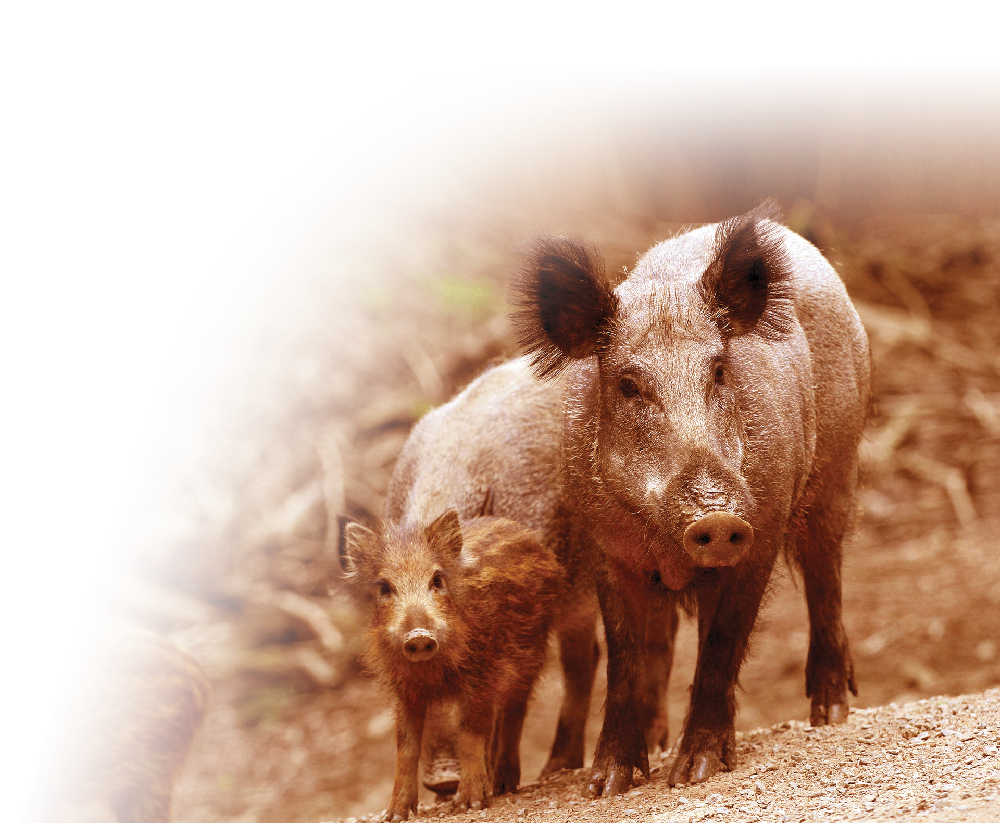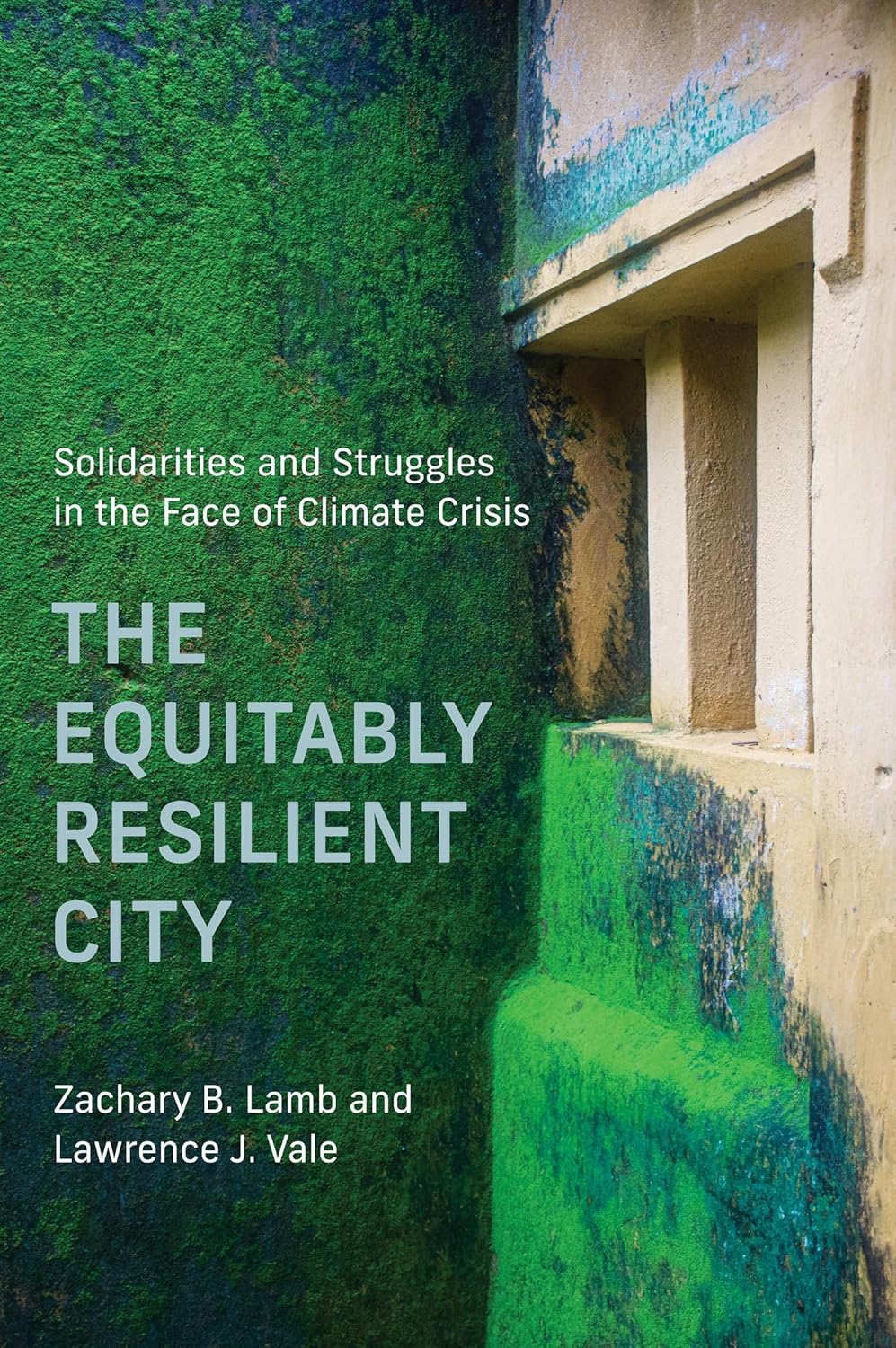Replacing rainforests with farms has many obvious consequences, but a recent paper from Nature Communications suggests that the ecological effect of deforestation is even greater than previously imagined. In this study, researchers, including several from UC Berkeley, showed that species that thrive in farmlands can negatively affect ecosystems of rainforests nearby—even if those rainforests are protected areas.
The team used decades of data from a protected rainforest in Malaysia bordered by palm tree plantations to conduct this study. In particular, the researchers studied wild boar, which thrive in palm tree plantation ecosystems by raiding farmland to eat fallen palm tree fruit. Wild boars travel long distances and leave distinctive markings in forests, meaning the boars could be tracked more easily than other farmland animals. Researchers also took advantage of the fact that palm trees generate fruit continuously for 20-25 years, then are cleared and replanted, leaving the same area clear for four to six years. This allowed researchers to correlate boar nest abundance directly with palm tree plantations. In the time frame without productive palm trees, the number of wild boars in the forest plummeted.
 Wild boars thrive in palm tree plantations, but a recent study shows that wild boars can negatively affect the health of protected rainforests in surrounding areas. Photo: Pixabay
Wild boars thrive in palm tree plantations, but a recent study shows that wild boars can negatively affect the health of protected rainforests in surrounding areas. Photo: Pixabay
Surprisingly, the researchers found that rainforests over a kilometer away from palm oil plantations saw a dramatic increase in wild boar birthing nests, resulting
in a 62 percent decline in the density of tree saplings over a 24-year period. This is particularly concerning given that protected areas are often central to efforts to conserve and preserve biodiversity—and current protected areas include sea, mountain, and rainforest preserves around the world. An improved understanding of cross-boundary effects could help guide improved conservation efforts and better use of protected areas.
Emily Hartman is a graduate student in chemistry
Design credit: Amanda Bischoff
This article is part of the Spring 2018 issue.





